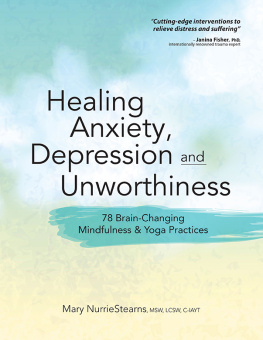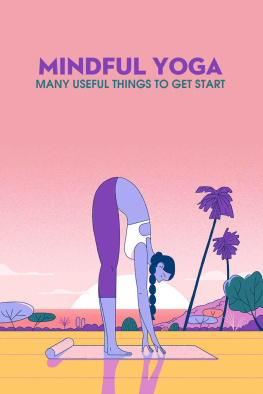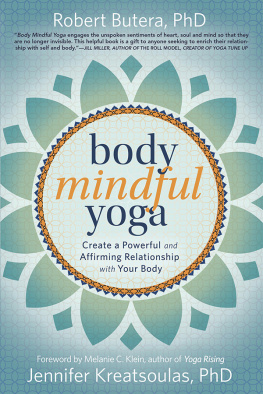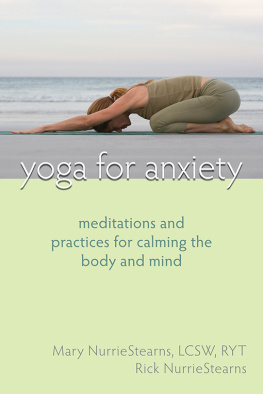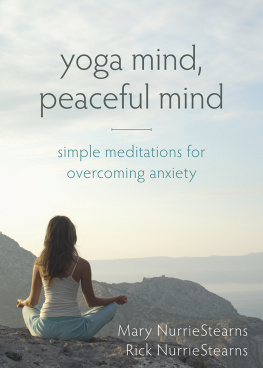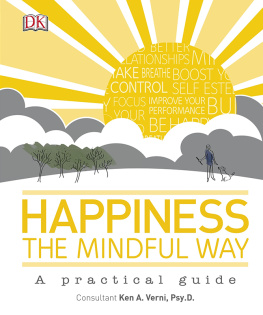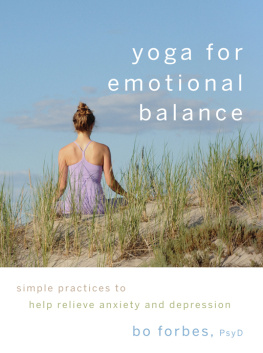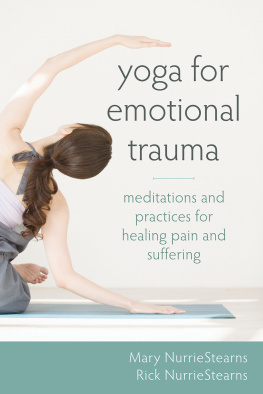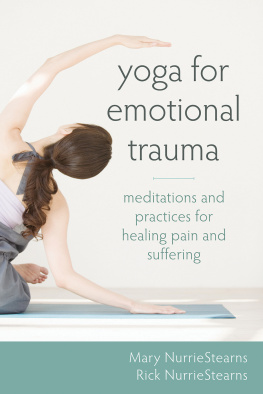
Praise for Healing Anxiety, Depression and Unworthiness
This book presents cutting-edge interventions to relieve distress and suffering using simple mindfulness and yoga practices. It is written in a warm, compassionate voice that guides the reader and makes each step easy and sequential. There are many workbooks now available to both clients and therapists, but this is one of the best!
- Janina Fisher, PhD
Assistant Education Director, Sensorimotor Psychotherapy Institute,
author of Healing the Fragmented Selves of Trauma Survivors
A calm mind, emotional aliveness, self-compassion-these are the qualities of resilience that so many struggle to find. They are also the promises of this jewel of a book. Blending modern neuroscience with ancient healing practices, Mary NurrieStearns makes it crystal clear how to apply mindfulness and yoga skills for resilient mental health. Read it, practice it and create your own joyful life.
- Henry Emmons, MD
co-founder of NaturalMentalHealth.com and
author of The Chemistry of Joy and The Chemistry of Calm
Mary has succinctly combined relevant literature from neuroscience, brain development, family and cultural studies, clinical work, and personal experience. The result is a valuable tool for a clinician or an individual wanting to know what to do, and also understand why. Her gentle coaching style is both supportive and inspiring. This is a very practical workbook of small, doable, and pleasant steps to take. When done persistently, they will change the brain and result in increased happiness, well-being and sense of self-worth in ones life. There is much hope in these actionable skills.
- Lindsay Patterson, PhD
With joyful clarity and wisdom, Mary NurrieStearns has distilled 38 years of professional practice and personal experience into a concise and coherent guide for healing. I highly recommend this invaluable resource, and I will use it daily in my personal life and clinical practice.
- Cindy Reynolds, PhD
Healing
Anxiety,
Depression and
Unworthiness
78 Brain-Changing
Mindfulness & Yoga Practices
Mary NurrieStearns, MSW, LCSW, C-IAYT
Copyright 2018 Mary NurrieStearns
Published by:
PESI Publishing & Media
PESI, Inc
3839 White Ave
Eau Claire, WI 54703
Cover: Amy Rubenzer
Editing: Blair Davis
Photography: Leslie Hoyt
Layout: Amy Rubenzer & Bookmasters
ISBN: 9781683731498
All rights reserved
Proudly printed in the United States of America

www.publishing.pesi.com
About the Author

Mary NurrieStearns, MSW, LCSW, C-IAYT
Mary NurrieStearns draws on more than 38 years as a mental health professional and 28 years of meditation and yoga practice. She is an advanced-level yoga teacher, certified yoga therapist, and ordained member of Thich Nhat Hahns Order of Interbeing.
She is author of the Daily Meditations for Healing and Happiness card deck (2016), co-author of Yoga Mind, Peaceful Mind (2015), Yoga for Emotional Trauma (2013), and Yoga for Anxiety (2010), and co-editor of Soulful Living. Mary was the former editor of Personal Transformation magazine. She has produced audio CDs on the healing practices of self-compassion and meditation and DVDs on yoga for emotional trauma and anxiety.
She teaches yoga classes and seminars across the United States and co-leads, with her husband, transformational meditation and yoga retreats. Mary has suffered from anxiety and emotional trauma and credits mindfulness practices for profound personal transformation.
To contact Mary or for information, visit www.PersonalTransformation.com.
Contents
Chapter 1
Neuroscience & Psychoeducation
Chapter 2
Mindfulness Foundation
Chapter 3
Emotionally Stabilize to Reduce Overwhelm, Dissociation, and Shame
Chapter 4
Practices to Observe and Choose Thoughts
Chapter 5
Practices for Distress and Emotional Aliveness
Chapter 6
Increasing Emotional Resilience and Self-Acceptance
Chapter 7
Healing Unworthiness and Shame
Chapter 8
Increasing Contentment and Inner Peace
No one exists autonomously, and no book is written solely by its author. This workbook is truly the result of the efforts of many. I give thanks to the people mentioned below and to numerous unnamed others who helped this workbook come into being. I begin with Claire Zelasko, certifications manager at Evergreen Certifications, who encouraged me to make a workbook proposal to PESI Publishing after hearing how close this subject matter is to my heart. Karsyn Morse, my acquisitions editor, offered fine counsel that improved the workbook concept, and the publishing staff transformed the manuscript into a workbook.
I am indebted to remarkable patients and students who trusted me to teach them about the healing power of mindfulness approaches. A few of their stories are in the workbook. Of course, their names and facts about their lives are altered to protect their confidentiality. I could easily have told stories about other patients, as I have had the privilege of witnessing extraordinary human resiliency. Additionally, I bow to those patients with trauma histories who allowed me to work with them when I was younger and not yet trained in mindfulness. They taught me the limitations of therapeutic approaches not based on brain science and mindfulness of body and mind, which are newer in the field of mental health.
Advancements in psychotherapeutic interventions rely on research. Accordingly, I acknowledge the scientists who built the foundation for the evidenced-based approaches presented in this workbook. I give thanks to mindfulness experts who wrote about the application of mindfulness in clinical settings.
Much appreciation to Leslie Hoyt, the photographer who made the photo shoot a joy, and to the yoga model, Lindsay Schuler Garbelman, who is beautiful inside and outside. I bow in gratitude to my friend Bridget Blomfield for reading the first and second of three drafts of the manuscript. She loyally slogged through rough writing, continuously supplied me with love, and encouraged me to include clinical stories. I bow in gratitude to my friend Terry Vincent for reading the second draft, offering beneficial critical feedback, and encouraging me to connect with you by sharing about myself.
Finally, I thank my family. My nieces and nephew believed in me, and my siblings cheered me on. They all waited faithfully for me to be more available again. My wonderful husband rubbed my shoulders well over a hundred times as I sat at my computer keyboard pecking away. He gave me the space to write and also held me to my promises that we would visit family, take vacation, and have a life beyond my office, yoga studio, and writing. He kept food in the kitchen and contributed his love and knowledge to the workbook.
No one wishes for the anxiety and depression that many of us personally know. Undoubtedly, my own emotional pain led me to be a clinical social worker. By my junior year of college, I knew that my work would be in the mental health field. Little did I know that I suffered from unworthiness, shame, and significant anxiety and that one motive underlying my career choice was the desire to help myself.

